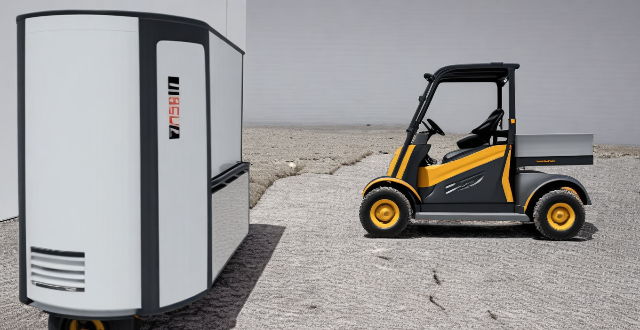Choosing the right electromagnetic motor can be a daunting task, but by following these steps, you can make an informed decision that meets your specific needs. First, determine your application, including factors such as load type, required speed, torque, and power output. Then consider the type of motor, such as AC induction, DC, stepper, or servo, each with its own advantages and disadvantages. Next, determine performance requirements, such as speed range, torque requirements, power output, efficiency, and duty cycle. Consider physical constraints, such as size, weight, mounting configuration, environmental conditions, and connectivity options. Finally, evaluate cost and availability, including initial purchase price, maintenance and repair costs, lead times for delivery, and availability of replacement parts and accessories. By following these steps and considering all relevant factors, you can choose the right electromagnetic motor for your specific needs.

How to Choose the Right Electromagnetic Motor for Your Needs
Choosing the right electromagnetic motor can be a daunting task, especially if you are not familiar with the various types and their applications. However, by following these steps, you can make an informed decision that meets your specific needs.
Step 1: Determine Your Application
The first step in selecting an electromagnetic motor is to identify the application for which it will be used. This includes factors such as the type of load, required speed, torque, and power output. Some common applications include:
- Fans and blowers
- Pumps and compressors
- Conveyors and material handling systems
- Machine tools and automation equipment
Step 2: Consider the Type of Motor
There are several types of electromagnetic motors available, each with its own advantages and disadvantages. The most common types are:
AC Induction Motors
- Pros: Low cost, simple design, reliable operation
- Cons: Limited speed control, lower efficiency at partial loads
DC Motors
- Pros: Precise speed control, high starting torque, reversible operation
- Cons: More complex design, higher maintenance requirements
Stepper Motors
- Pros: High precision positioning, no feedback required, easy to control
- Cons: Limited torque output, lower maximum speeds
Servo Motors
- Pros: High precision positioning, fast response times, high torque output
- Cons: Higher cost, more complex control systems required
Step 3: Determine Performance Requirements
Once you have identified the application and type of motor, you need to determine the specific performance requirements. This includes factors such as:
- Speed range (maximum and minimum)
- Torque requirements (starting and running)
- Power output (continuous and peak)
- Efficiency (energy consumption)
- Duty cycle (continuous or intermittent operation)
Step 4: Consider Physical Constraints
In addition to performance requirements, you also need to consider physical constraints when selecting an electromagnetic motor. This includes factors such as:
- Size and weight limitations
- Mounting configuration (horizontal or vertical)
- Environmental conditions (temperature, humidity, dust)
- Connectivity options (wiring, interfaces)
Step 5: Evaluate Cost and Availability
Finally, you should evaluate the cost and availability of different electromagnetic motor options. This includes factors such as:
- Initial purchase price
- Maintenance and repair costs
- Lead times for delivery
- Availability of replacement parts and accessories
By following these steps and considering all relevant factors, you can choose the right electromagnetic motor for your specific needs.